1999-07-02 14:24
[ Port Vancouver’s Containers & Cruise Strong, Forest ... ]
Port Vancouver’s Containers & Cruise Strong, Forest Products Reboun
d at Mid-year
Port Vancouver handled 36.1 million metric tonnes during the first t
wo quarters, a two percent decline over last year’s figures, accordin
g to statistics released recently by the Vancouver Port Authority(VPA)
. Containers and cruise continued their strong momentum in the first
half of 1999.
“Port Vancouner is on its way to being Canada’s largest Container
Port, with mid-year container volumes jumping 44% over last year’s fi
gures to 526,841 TEUs. The Port is expected to handle one million TEU
s by the end of 1999. On the import side, strong consumer demand has
pushed full inbound container traffic up 23% up to 174,053 TEUs. Full
export container traffic saw a 59 % increase to 265,409 TEUs largely
due to competitive rates by container lines and a favorable Canadian d
ollar. Strong container traffic through the Port is complemented by t
he recent addition of three lines, making Port Vancouver their ‘first
port of call’and offering regular service to the U.S. mid-west”,sai
d Norman Stark VPA President and C.E.O.
“The Vancouver-Alaska cruise continued to grow, posting an impressi
ve 7% gain over last year’s numbers for a total of 346,119 revenue cr
uise passengers. Strong tourist dollars, competitive pricing by the c
ruise lines and full vessels kept this sector on track with continued
growth. With a 4 % increase in the number of vessel calls over last y
ear, we want to reaffirm the Port’s commitment to construct a third
cruise berth for the 2004 crise season”, said David Stowe, VPA Cair.
Overall forest products volumes have rebounded with a 27 % increase
to 3.9 million metric tonnes over last year’s numbers due to a steady
recovery in the Asian economics. Lumber traffic grew by 41% to 981,0
00 metric tonnes while wood pulp rose by 24% to 1.8 million metric ton
nes compared with the same period last year.
Chemical volumes grew by six percent to 1.3 million metric tonnes ov
er last year’s figures. Conversely, petroleum products decreased by
43% to 1.3 million metric tonnes, largely due to low offshore prices a
nd increased competition from alternate suppliers.
Dry bulk volumes slipped marginally by 4% to 26.7 million metric ton
nes over last year’s numbers.
Grain decreased by 5% to 5.5 million metric tonnes, due to smaller cro
p volumes last year. With market slowdowns in Asia, coal was down sli
ghtly by 3% to 13.7 million metric tonnes. Postash declined by 6 % to
21. million metric tonnes while sulphur registered a five percent dro
p to 2.6 million metric tonnes.
Port Vancouver is Canada’s largest and most diversified port, tradi
ng more than $30 billion in goods with more than 90 nations.
d at Mid-year
Port Vancouver handled 36.1 million metric tonnes during the first t
wo quarters, a two percent decline over last year’s figures, accordin
g to statistics released recently by the Vancouver Port Authority(VPA)
. Containers and cruise continued their strong momentum in the first
half of 1999.
“Port Vancouner is on its way to being Canada’s largest Container
Port, with mid-year container volumes jumping 44% over last year’s fi
gures to 526,841 TEUs. The Port is expected to handle one million TEU
s by the end of 1999. On the import side, strong consumer demand has
pushed full inbound container traffic up 23% up to 174,053 TEUs. Full
export container traffic saw a 59 % increase to 265,409 TEUs largely
due to competitive rates by container lines and a favorable Canadian d
ollar. Strong container traffic through the Port is complemented by t
he recent addition of three lines, making Port Vancouver their ‘first
port of call’and offering regular service to the U.S. mid-west”,sai
d Norman Stark VPA President and C.E.O.
“The Vancouver-Alaska cruise continued to grow, posting an impressi
ve 7% gain over last year’s numbers for a total of 346,119 revenue cr
uise passengers. Strong tourist dollars, competitive pricing by the c
ruise lines and full vessels kept this sector on track with continued
growth. With a 4 % increase in the number of vessel calls over last y
ear, we want to reaffirm the Port’s commitment to construct a third
cruise berth for the 2004 crise season”, said David Stowe, VPA Cair.
Overall forest products volumes have rebounded with a 27 % increase
to 3.9 million metric tonnes over last year’s numbers due to a steady
recovery in the Asian economics. Lumber traffic grew by 41% to 981,0
00 metric tonnes while wood pulp rose by 24% to 1.8 million metric ton
nes compared with the same period last year.
Chemical volumes grew by six percent to 1.3 million metric tonnes ov
er last year’s figures. Conversely, petroleum products decreased by
43% to 1.3 million metric tonnes, largely due to low offshore prices a
nd increased competition from alternate suppliers.
Dry bulk volumes slipped marginally by 4% to 26.7 million metric ton
nes over last year’s numbers.
Grain decreased by 5% to 5.5 million metric tonnes, due to smaller cro
p volumes last year. With market slowdowns in Asia, coal was down sli
ghtly by 3% to 13.7 million metric tonnes. Postash declined by 6 % to
21. million metric tonnes while sulphur registered a five percent dro
p to 2.6 million metric tonnes.
Port Vancouver is Canada’s largest and most diversified port, tradi
ng more than $30 billion in goods with more than 90 nations.
많이 본 기사
- 국제물류업계, 광양항 마지막 배후단지 활용법 모색한다‘일상이 된 물류시장 불확실성’, AI·친환경이 돌파구‘고환율·저운임’ 글로벌 물류기업 일제히 부진한 실적 신고‘수요 둔화 지속’ 컨운임지수 한주만에 1300선으로 후퇴DHL, 중동 두바이에 차세대 물류허브 개소해운협회, 부산항도선사회와 CCTV 활용 안전도선 업무협약한국해양대, 장금상선등 해운사와 해양인재 양성방안 모색2028년 유엔 해양총회 한국 유치 확정KMI, 우리나라와 북극권국가 협력 방안 모색벌크선시장, 급등 이후 조정 '속도 조절 들어가나'
- 인사/ 팬오션전재수 해수부 장관 사의…“해양수도권 차질없이 육성되길”쿠팡 박대준 대표이사 사임…“개인정보 유출 책임 통감”에스티엘글로벌, 한국해大 해사대학에 장학금 기부日 ONE 운항 9100TEU급 컨선 화재…공동해손 선언인사/ 해양수산부윌로그, 벤처창업진흥유공 대통령 표창 수상아시아나IDT, 산업안전세미나 개최…‘플랜투두’ 확산 전략 공유아로아랩스, 중기부 창업지원프로그램 선정…연구개발 자금 확보부음/ 해운조합 최종진 본부장 빙모상









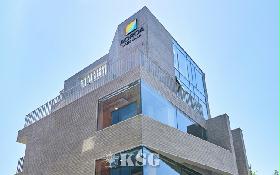
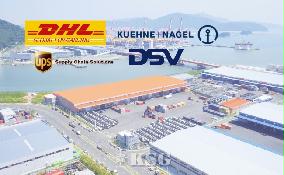

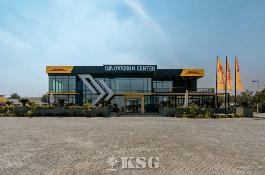
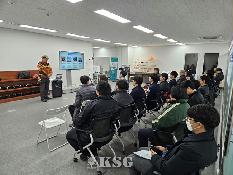




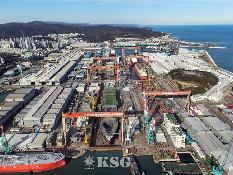
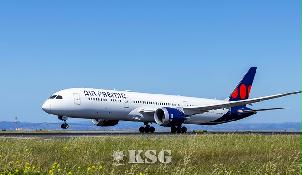


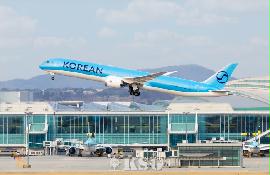


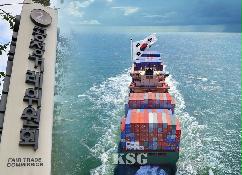



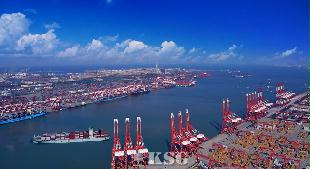
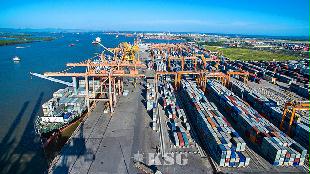
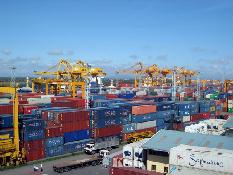






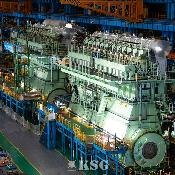
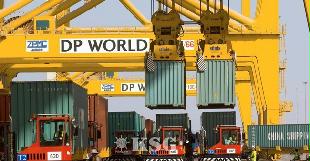
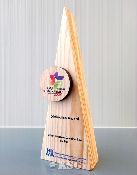
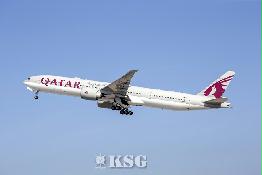





















0/250
확인